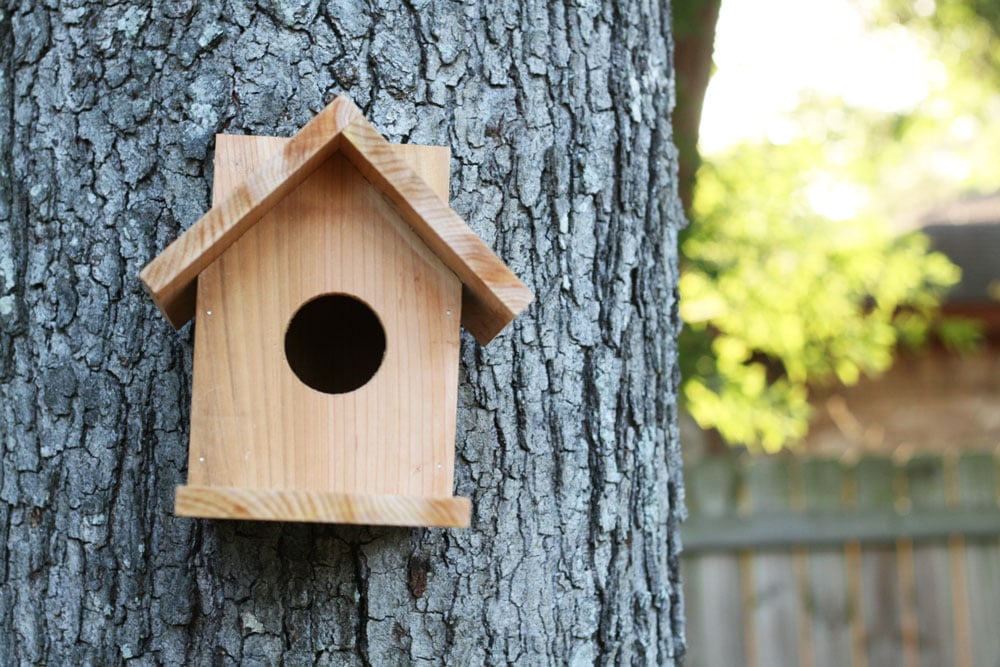
How do you make a simple birdhouse? Simple - use a cedar fence picket. Here is a very simple birdhouse plan that can be built for only $2! We've got the step by step tutorial with diagrams and lots of reader submitted photos.
This DIY Birdhouse is a great project as a kids kit and also great for beginner woodworkers! A Bird feeder is the perfect gift or addition for any yard, balcony, porch, tree branch or garden.
RELATED: Check out our easy to build Modern Cedar DIY Birdhouse Plans.
Pin For Later!



Preparation
- 1 - 5 1/2" x 1/2" thick cedar fence picket (I used the dogeared 72" long ones)
- 26 - 1 1/4" brad nails OR 1-5/8" star bit trim screws like these
- Glue suitable for cedar
Cut from the Cedar Fence Picket:
- 2 - 7 1/4" (front and back - longest point, cut the top corners off at a 45 degree angle to make a house shape)
- 2 - 4 1/4" (side walls - these are just a tiny bit short to allow venting inside birdhouse)
- 3 - 8 1/2" (floor and roof pieces. Also rip 1/2" off one edge (cutting with the grain the long way) of one board for the shorter roof piece - see step 4)
Please read through the entire plan and all comments before beginning this project. It is also advisable to review the Getting Started Section. Take all necessary precautions to build safely and smartly. Work on a clean level surface, free of imperfections or debris. Always use straight boards. Check for square after each step. Always predrill holes before attaching with screws. Use glue with finish nails for a stronger hold. Wipe excess glue off bare wood for stained projects, as dried glue will not take stain. Be safe, have fun, and ask for help if you need it. Good luck!
Instructions
Step 1
Step 2
Step 3
Step 4
It is always recommended to apply a test coat on a hidden area or scrap piece to ensure color evenness and adhesion. Use primer or wood conditioner as needed.


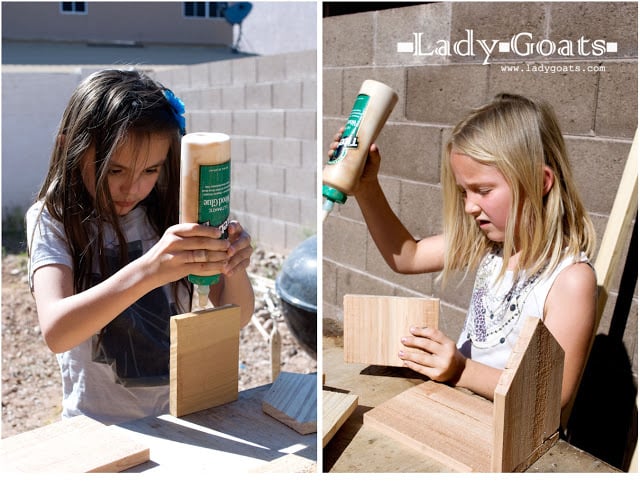
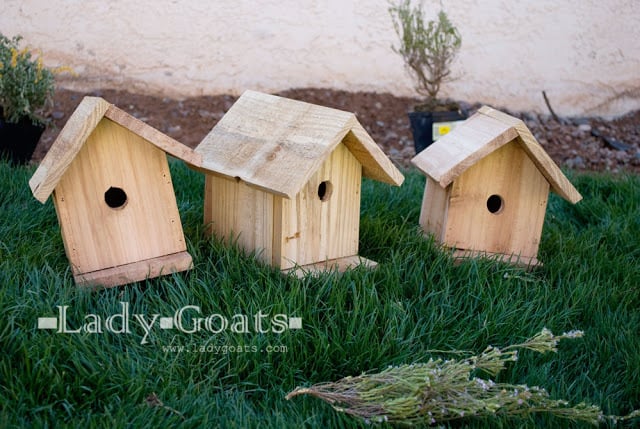
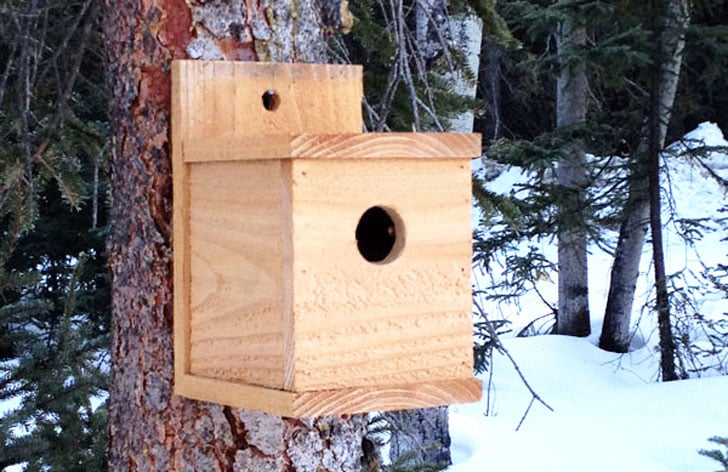







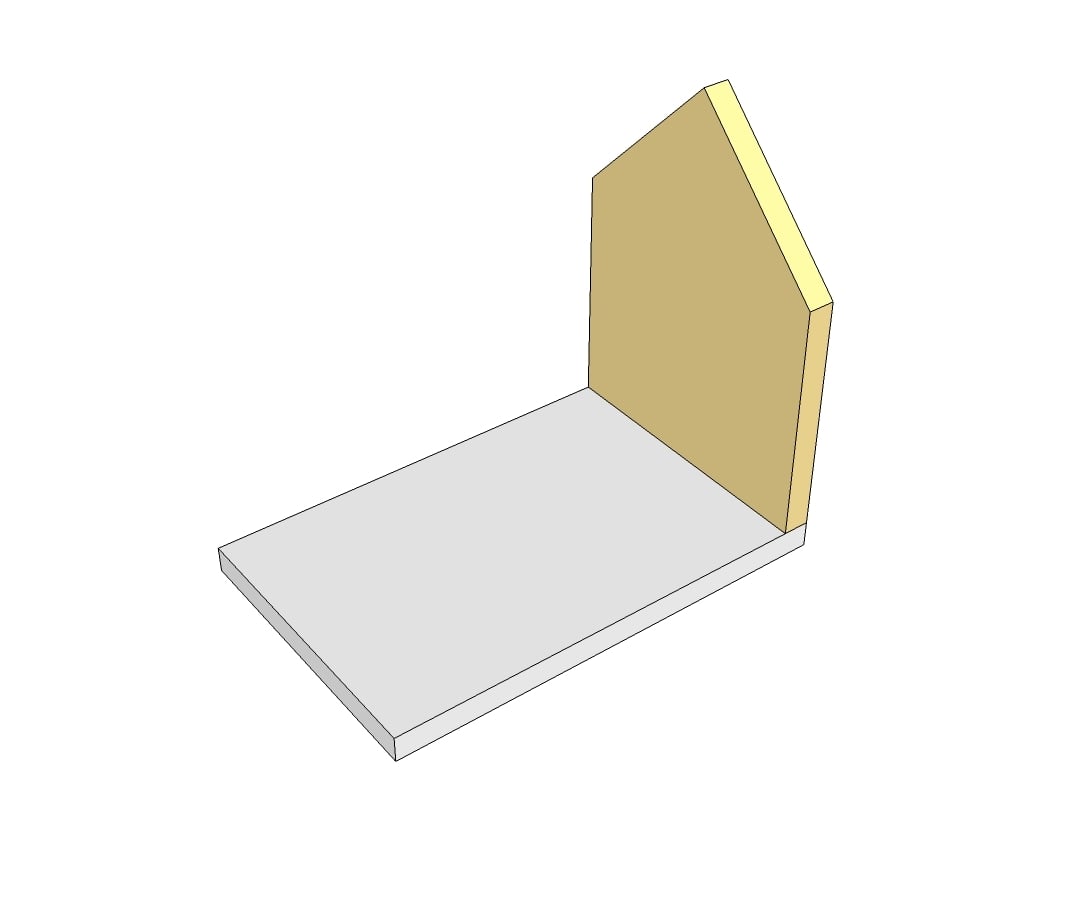
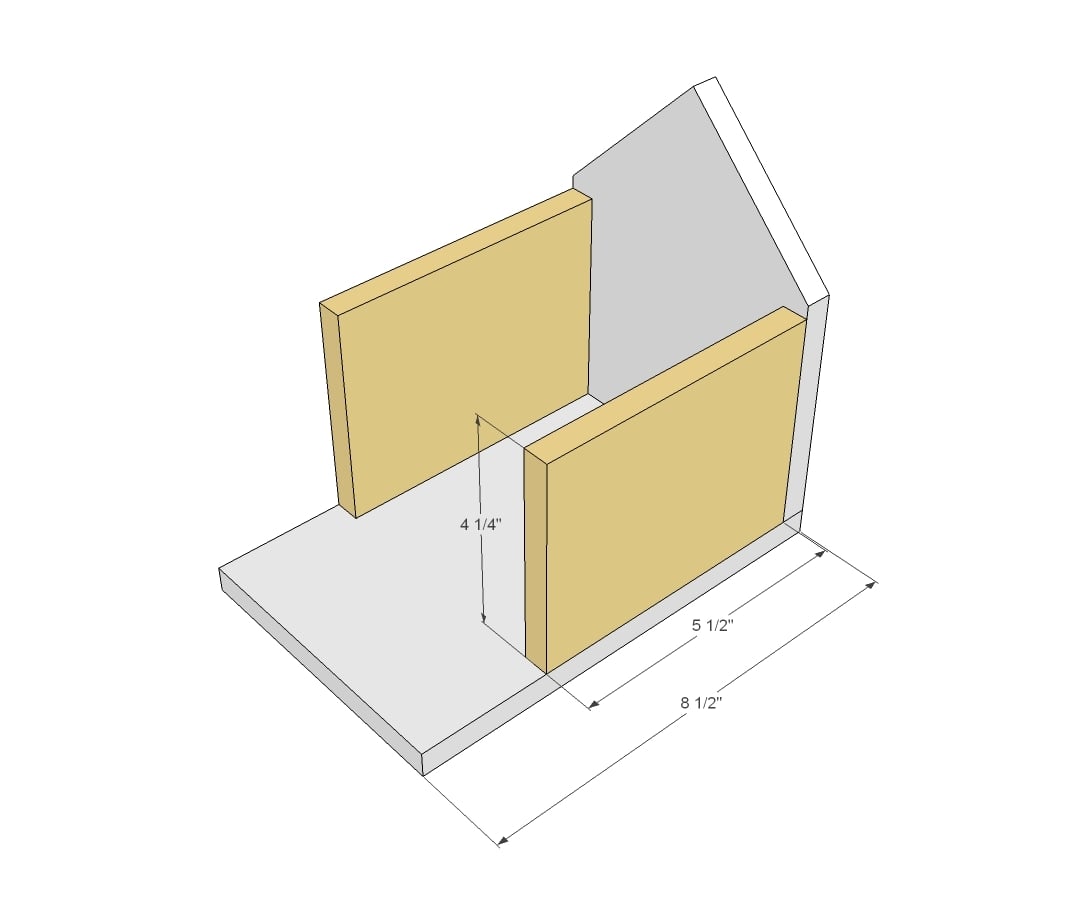
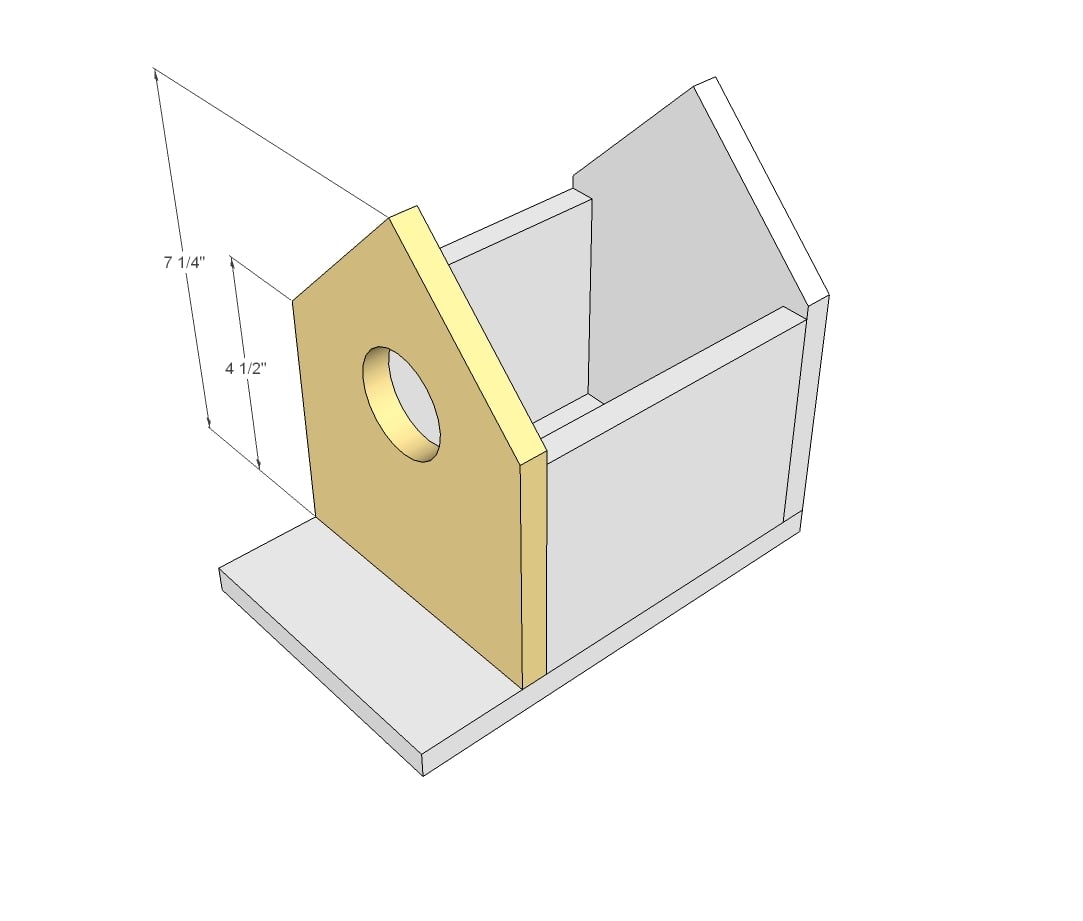
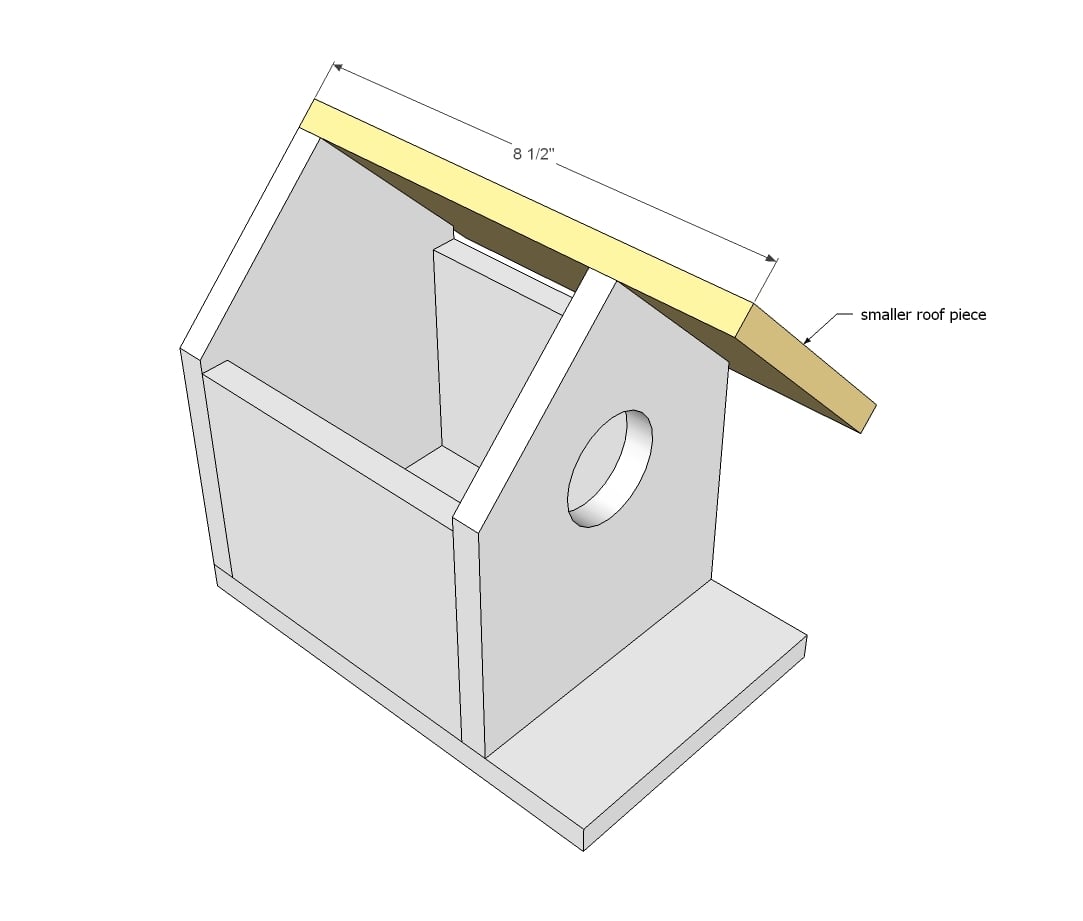
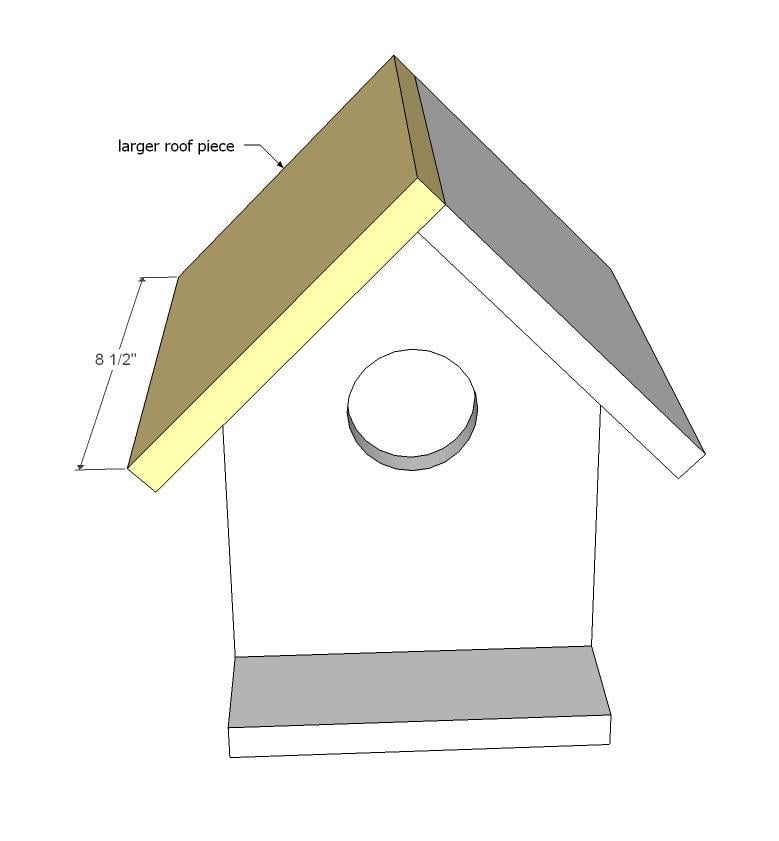
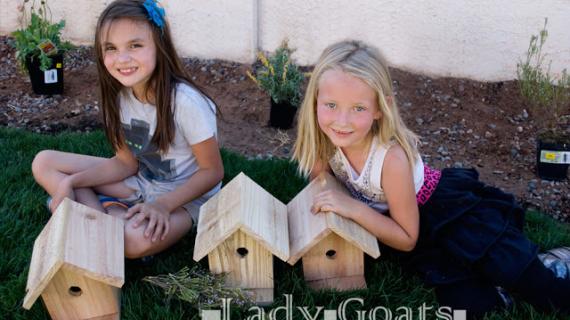
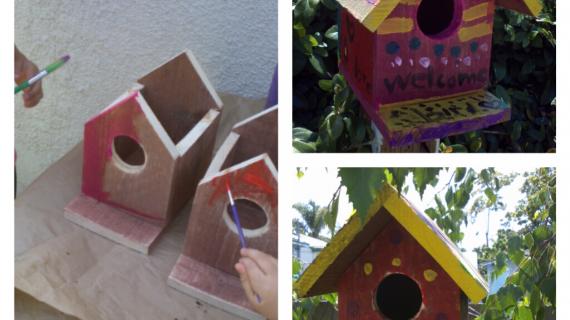
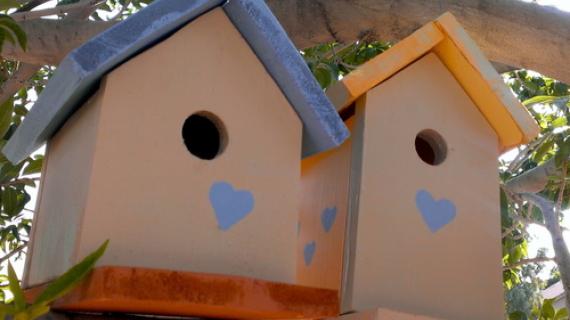
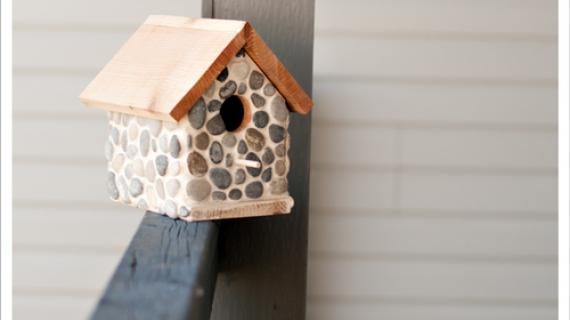
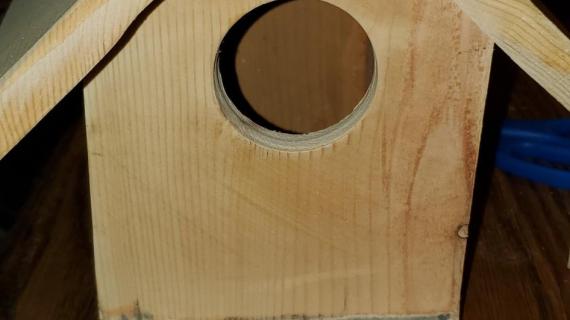
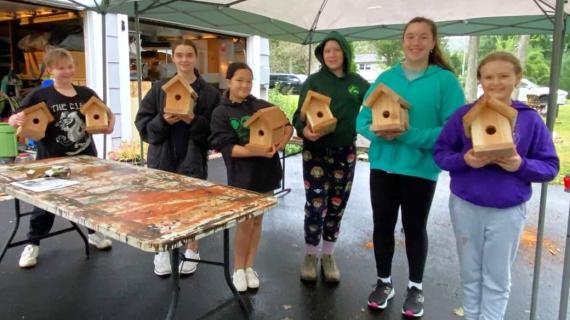

Comments
Lady Goats
Mon, 04/01/2013 - 15:45
Brilliant!
The big kid has been asking for a bird house for over a week. Amazing! An option that I'd like to throw out there is to predrill small holes for finish nails in the outside boards (the ones that you would drill through) like the Lowe's Build and Grow kits. Then the kids just have to hammer the finish nails through the predrilled holes and into the inside pieces. I'm sure there will be a ton of brag posts really quickly on this one! Thanks, Ana!
UlrikeDG
Tue, 04/02/2013 - 12:39
Hole size matters
If you're hoping to attract Mountain Bluebirds (gorgeous, native birds who range up into Alaska) while excluding European Starlings (non-native invasive species), it's important that the hole size be no larger than 1 9/16-inch. Many Mountain Bluebirds are too large for a 1 1/2-inch hole, but if you live farther south or east, both Eastern and Western Bluebirds will use a 1 1/2-inch door without any trouble, and if you go up to 1 5/8-inch openings, you'll probably attract Starlings, instead.
Birds also have preferences as to the height of their nesting boxes. For Bluebirds, you want to mount it 5-10 feet off the ground.
Of course, if you have other birds in mind, you should do some Googling. Nuthatches can handle tiny, 1-inch holes, while Barn Owls need massive, 6-inch openings.
Tiffannie
Mon, 04/29/2013 - 13:15
cleaning?
Is there a way to make it easier to clean? Don't birds stop using it if it gets too full of old nesting materials inside?
In reply to cleaning? by Tiffannie
Lady Goats
Mon, 04/29/2013 - 15:16
Cleaning options
You could either attach the bottom with screws or hinge the top board on the roof.
Sidponcho
Sat, 08/03/2013 - 14:31
Great kid project
I cut out enough pieces for an upcoming camping trip. The kids will nail them together and paint them. Thanks for the plans. I'll be saving this site for sure!!
SaraD
Tue, 09/02/2014 - 11:37
4H Cloverbuds Enjoyed Making Bird Houses
Our 4H Cloverbuds enjoyed making these birdhouses this past weekend! They nailed them together (with help). They are aged 7-11. Thanks for the great (and inexpensive) project!
Janie Casler
Sat, 04/25/2015 - 20:08
Good timing! Our young
Good timing! Our young grandson will enjoy a new project and the birds will welcome a new home. Thank you!
angela_marchio…
Sat, 04/04/2020 - 19:53
Attaching it to a tree?
What is the best way you guys have found to attach this house to a tree? I saw in a brag post someone added a board to the back, I assume they drilled through that then. Any other obvious ways I'm missing? Thanks!